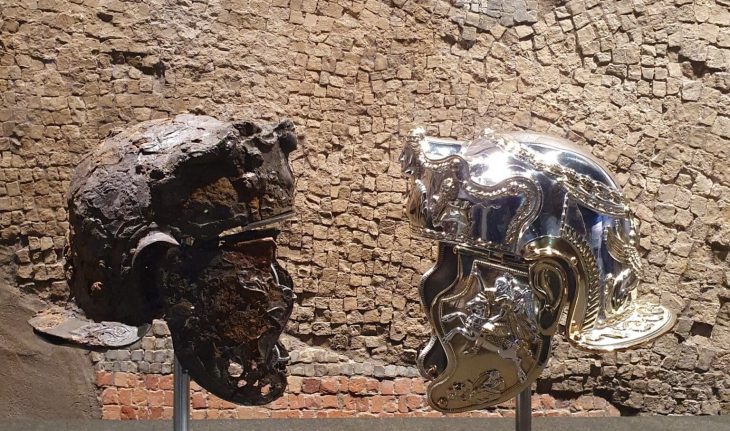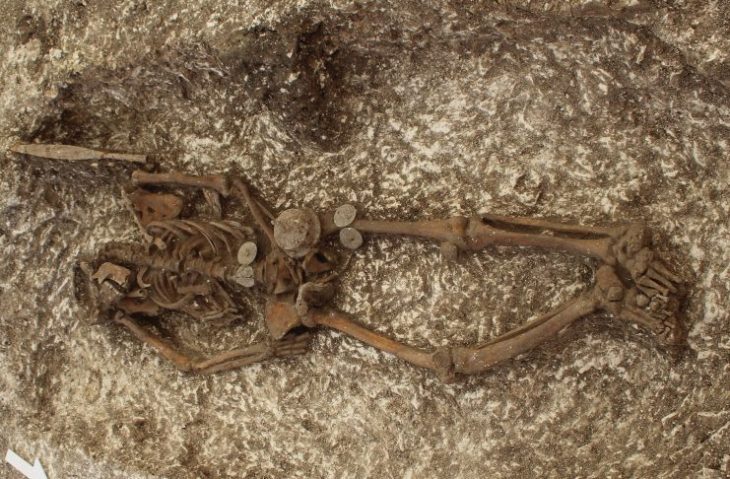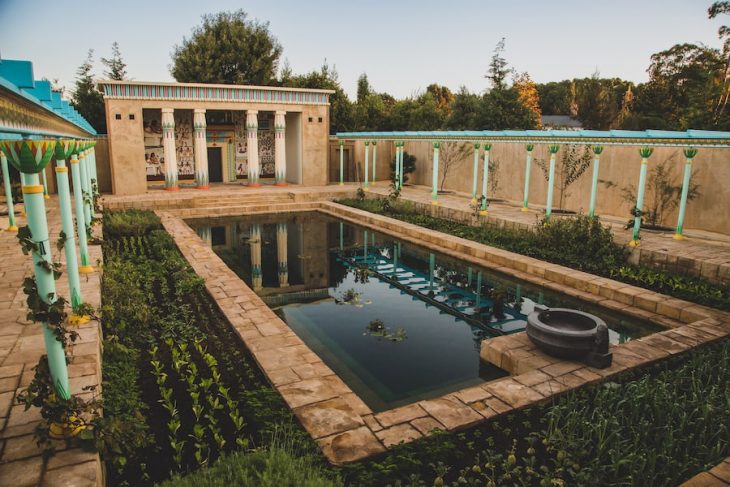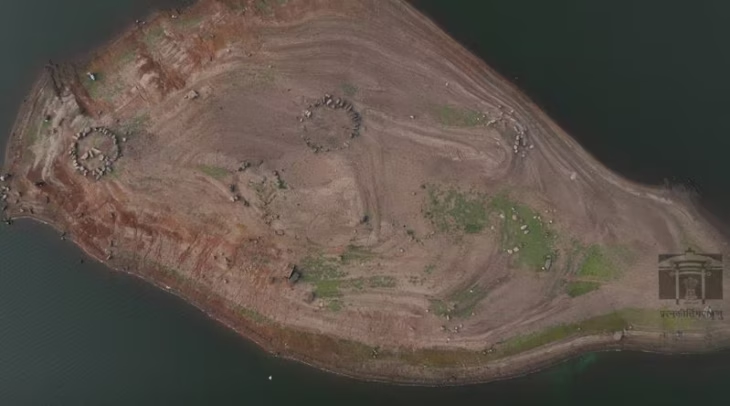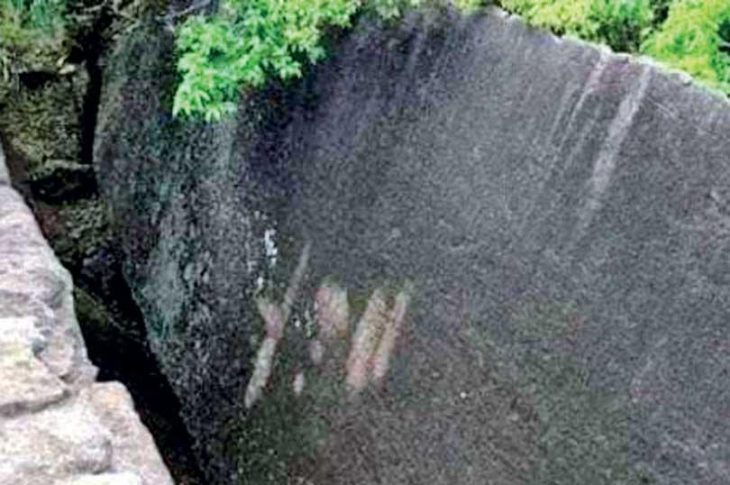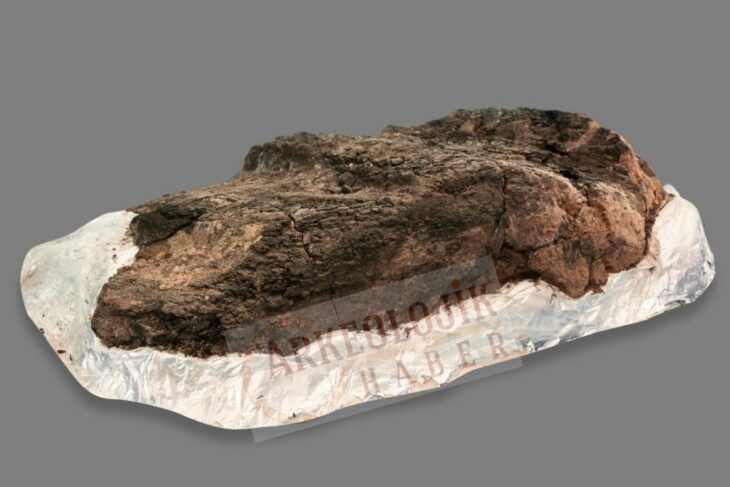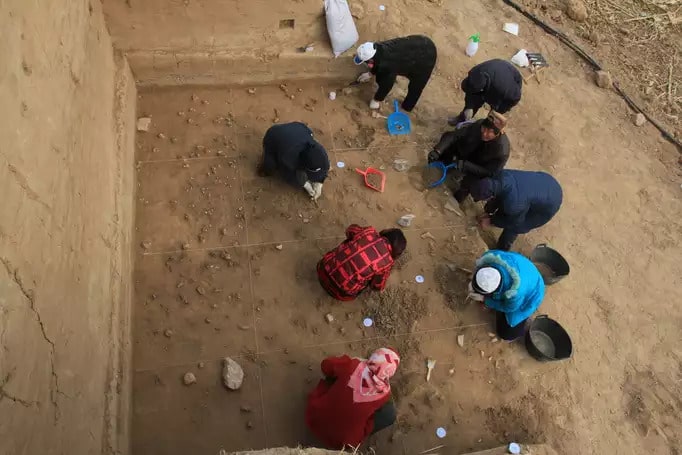Researchers discovered an ancient textile dyed with kermes (Kermes vermilio) in Israel’s Cave of Skulls that dates back to the Middle Bronze Age.
This textile, found in the Judean Desert and made of linen and wool dyed red, has been dated by direct radiocarbon to the Middle Bronze Age, specifically between 1954 and 1767 BC. What makes this find unique is the use of red dye derived from the insect Kermes vermilioa luxurious and rare source of color in ancient times.
In a study of textiles discovered in the Cave of the Skulls in the Judean Desert, researchers conducted dye analyses using High-Pressure Liquid Chromatography (HPLC) and identified a unique, red-dyed textile dyed with scaly insects.
This technique allowed for the detection of the dye’s presence and verified that the red dye originated from the scale insect Kermes vermilio, which parasitizes oak trees, particularly Quercus coccifera. Despite being destructive, this method only needs a small sample, protecting the integrity of the antiquated object.
Textiles are rare items in the archaeological record due to their perishable nature and the rapid decomposition to which they are subject, making their preservation under special conditions, such as those in the caves of the Judean Desert, exceptionally valuable.
📣 Our WhatsApp channel is now LIVE! Stay up-to-date with the latest news and updates, just click here to follow us on WhatsApp and never miss a thing!!

Detailed examination of this textile, despite its small size, enables researchers to trace the origin of the red color back to the insect species used, a significant discovery not only for its age but also for what it reveals about ancient civilizations’ knowledge and technology in the handling and application of natural dyes.
Given that using dyes made from scale insects, such as Kermes vermilio, was an expensive and labor-intensive process, it is possible that these textiles served as status and power symbols in prehistoric societies.
In addition to reflecting individual preferences, textile color was used in ancient societies as a nonverbal communication system about a person’s social and economic standing.
The study was published in the Journal of Archaeological Science: Reports.
https://doi.org/10.1016/j.jasrep.2024.104673
Cover Photo: The fabric dyed with kermes. Dafna Gazit / Israel Antiquities Authority





